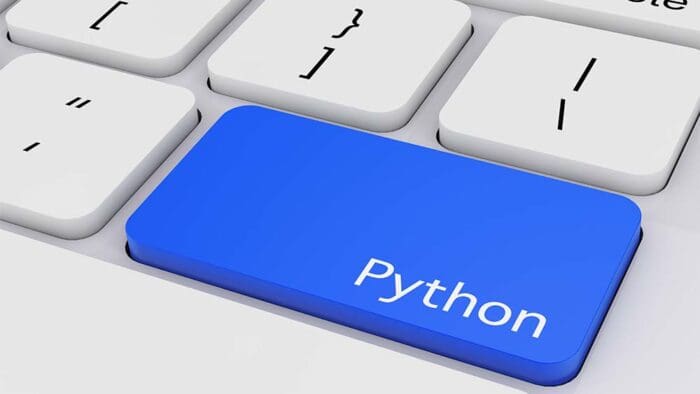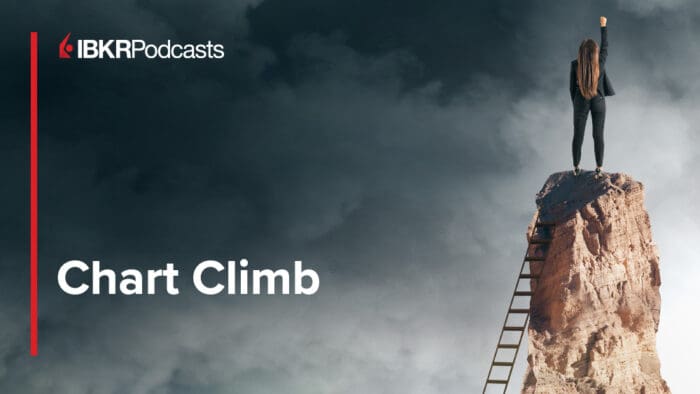Excerpt
Every trader knows that there are market regimes that are favorable to their strategies, and other regimes that are not. Some regimes are obvious, like bull vs bear markets, calm vs choppy markets, etc. These regimes affect many strategies and portfolios (unless they are market-neutral or volatility-neutral portfolios) and are readily observable and identifiable (but perhaps not predictable). Other regimes are more subtle, and may only affect your specific strategy. Regimes may change every day, and they may not be observable. It is often not as simple as saying the market has two regimes, and we are currently in regime 2 instead of 1. For example, with respect to the profitability of your specific strategy, the market may have 5 different regimes. But it is not easy to specify exactly what those 5 regimes are, and which of the 5 we are in today, not to mention predicting which regime we will be in tomorrow. We won’t even know that there are exactly 5!
Regime changes sometimes necessitate a complete change of trading strategy (e.g. trading a mean-reverting instead of momentum strategy). Other times, traders just need to change the parameters of their existing trading strategy to adapt to a different regime. My colleagues and I at PredictNow.ai have come up with a novel way of adapting the parameters of a trading strategy, a technique we called “Conditional Parameter Optimization” (CPO).
CPO uses machine learning to place orders optimally based on changing market conditions (regimes) in any market. Traders in these markets typically already possess a basic trading strategy that decides the timing, pricing, type, and/or size of such orders. This trading strategy will usually have a small number of adjustable trading parameters. Conventionally, they are often optimized based on a fixed historical data set (“train set”). Alternatively, they may be periodically reoptimized using an expanding or rolling train set. (The latter is often called “Walk Forward Optimization”.) With a fixed train set, the trading parameters clearly cannot adapt to changing regimes. With an expanding train set, the trading parameters still cannot respond to rapidly changing market conditions because the additional data is but a small fraction of the existing train set. Even with a rolling train set, there is no evidence that the parameters optimized in the most recent historical period gives better out-of-sample performance. A too-small rolling train set will also give unstable and unreliable predictive results given the lack of statistical significance. All these conventional optimization procedures can be called unconditional parameter optimization, as the trading parameters do not intelligently respond to rapidly changing market conditions. Ideally, we would like trading parameters that are much more sensitive to the market conditions and yet are trained on a large enough amount of data.
To address this adaptability problem, we apply a supervised machine learning algorithm (specifically, random forest with boosting) to learn from a large predictor (“feature”) set that captures various aspects of the prevailing market conditions, together with specific values of the trading parameters, to predict the outcome of the trading strategy. (An example outcome is the strategy’s future one-day return.)
Visit PredictNow.ai website for to find out how PredictNow.ai uses CPO to adapt the parameters of a Bollinger Band-based mean reversion strategy on GLD (the gold ETF): https://www.predictnow.ai/blog/conditional-parameter-optimization-adapting-parameters-to-changing-market-regimes/
Past performance is not indicative of future results.
Any stock, options or futures symbols displayed are for illustrative purposes only and are not intended to portray recommendations.
Disclosure: Interactive Brokers Third Party
Information posted on IBKR Campus that is provided by third-parties does NOT constitute a recommendation that you should contract for the services of that third party. Third-party participants who contribute to IBKR Campus are independent of Interactive Brokers and Interactive Brokers does not make any representations or warranties concerning the services offered, their past or future performance, or the accuracy of the information provided by the third party. Past performance is no guarantee of future results.
This material is from PredictNow.ai and is being posted with its permission. The views expressed in this material are solely those of the author and/or PredictNow.ai and Interactive Brokers is not endorsing or recommending any investment or trading discussed in the material. This material is not and should not be construed as an offer to buy or sell any security. It should not be construed as research or investment advice or a recommendation to buy, sell or hold any security or commodity. This material does not and is not intended to take into account the particular financial conditions, investment objectives or requirements of individual customers. Before acting on this material, you should consider whether it is suitable for your particular circumstances and, as necessary, seek professional advice.















Join The Conversation
For specific platform feedback and suggestions, please submit it directly to our team using these instructions.
If you have an account-specific question or concern, please reach out to Client Services.
We encourage you to look through our FAQs before posting. Your question may already be covered!